The above analysis was first published in quarterly “Myśl Suwerenna. Przegląd Spraw Publicznych” nr 2(4)/2021, pp. 55 – 60.
Authors: dr Aleksander Olech, Karolina Siekierka, Klaudia Badzyńska
Translation: Agnieszka Gołębiowska
Introduction
The refugee problem has been around for hundreds of years. After each war, new groups of people emerged, crossing countries and continents looking for a home. Since the 17th century, Africa has remained an unstable region where apart from the internal rivalry between tribes and ethnic groups, the countries fought for independence from European colonizers. Today, international organizations are looking for solutions which will allow them to protect as many human lives as possible while maintaining the proportion of refugees in a given country. When forcibly displaced persons are aggregated in one camp, it is impossible to provide them with decent living conditions.
The protection of refugees is now a priority for international organizations. The uncontrolled surge of several millions of migrants from Africa to Europe is currently the greatest security threat. Cooperation within the United Nations is essential to ensure the basic existential conditions for refugees on the African continent. The ongoing conflicts in the continent since 1950 caused the number of people leaving their homelands to exceed 20 million. The uncontrolled migration poses a threat to other countries, which requires the intervention from international organizations such as the United Nations High Commissioner for Refugees (UNHCR), the World Health Organization (WHO) and the European Union (EU). Cooperation in providing refugees with basic living conditions and constant supervision are the only guarantee for keeping them inside the continent. The United Nations has established the office of the United Nations High Commissioner for Refugees (UNHCR) to protect the refugees and solve their problems worldwide. The main task of the office is asylum support and supporting returns to their countries.
Over the past twenty years, the global number of forcibly displaced persons has almost doubled, from 33.9 million in 1997 to around 70 million in January 2018. The cause of the increase in refugee numbers was concentrated between 2012 and 2015, driven mainly by the conflict in Syria. The escalation was also influenced by other regional conflicts, for example in Iraq and Yemen, as well as in the sub-Saharan Africa, including Burundi, the Central African Republic, the Democratic Republic of the Congo (DRC), South Sudan and Sudan. The worsening of the refugee problem in recent years has led to a significant increase in the number of displacements: from around 1 in 160 in 2007 to 1 in 113 in 2017. While UNHCR registered 13,740,330 refugees in 2008, by June 2020 this number reached 26 million people.
By the end of 2019, 79.5 million people worldwide were forcibly displaced as a result of persecution, conflict, violence or human rights violations. This is an increase of 8.7 million compared to the previous year. Currently, the number of forcibly displaced persons has reached a record high, including 26 million refugees worldwide, 45.7 million internally displaced persons and 4.2 million asylum seekers.
Present-day challenges
Over 100 million people have been forced to leave their homes in the last 10 years in order to find refuge inside or outside the country. Migration is one of the most discussed topics in the public sphere. It also triggers extreme emotions. There is a constant tension between supporters of migrants coming to Europe, who are willing to offer them new life on the continent, and their opponents who call for differing values, insufficient capabilities, tools, projects and strategies, and the need to create living conditions in the migrants’ countries of origin. It seems quite obvious that the best way to stop the migration crisis is to help the poorer countries that are no longer able to provide a home for their citizens. Despite the global involvement of the world powers for other purposes, there is a lack of international political will and decisive action in this regard. Nevertheless, two important jubilees are celebrated in 2021 – the 70th anniversary of the 1951 Convention relating to the Status of Refugees and the 60th anniversary of the 1961 Convention on the Reduction of Statelessness. It is clear that these legal instruments have never been more important, and at the same time they are very outdated in the face of contemporary challenges. There are several serious crises that have led to mass relocations in the last decade. It is impossible to assess the indirect impact of individual conflicts, but each of them led to mass migrations from the region, directly affecting several countries. The main crises to consider in the context of migration are:
– The outbreak of the ongoing crisis in Syria at the beginning of the decade.
– The resettlement crisis in Sudan following the country’s gaining independence.
– The conflict in Ukraine.
– The arrival of refugees and migrants to Europe by sea.
– The mass migration of refugees from Myanmar to Bangladesh.
– The migration of Venezuelan citizens to other South American countries.
– Crisis in the African region of Sahel.
– Resumed conflicts in Afghanistan, Iraq, Libya and Somalia.
– Conflict in the Central African Republic.
– Fights and violence in the Democratic Republic of Congo.
– The humanitarian and displacement crisis in Yemen.
Almost 66% of all migrants leaving the borders of their country come from the five countries that are currently preoccupied with internal crises: Syria, Venezuela, Afghanistan, South Sudan and Myanmar. At the end of 2019, Syrian citizens were by far the largest population of forcibly displaced persons in the world (13.2 million, including 6.6 million refugees and over 6 million internally displaced persons). Venezuelans came close with 4.5 million. In Afghanistan and South Sudan, the number of displaced persons was 3.0 and 2.2 million, respectively. It was followed by Myanmar, Somalia, DRC, Sudan and Iraq.
In 2019, Turkey welcomed the largest number of migrants – 3.9 million, most of whom were refugees from Syria (92%). Colombia is in the second place with almost 1.8 million displaced Venezuelans. Germany accepted the third largest number, at almost 1.5 million, with the largest group being refugees from Syria. Pakistan and Uganda took in about 1.4 million each. The 5.6 million Palestinian refugees under the protection of the United Nations are also worth mentioning. Interestingly, in January 2020, there were about 1.3 million people from Ukraine in Poland.
Today’s refugee crisis poses a serious challenge to the international order. While much international attention has focused on refugees arriving in Europe, another migration crisis has occurred in Africa and the Middle East. The increasing violence in Afghanistan, Syria, Libya, Yemen and conflicts in Mali, Nigeria, Côte d’Ivoire, Ethiopia, Somalia and Kenya have forced thousands of women, men and children to leave their homes. Instability in these regions is expected to continue until 2025 and, therefore, displacement across borders will continue.
Thousands of refugees in Africa are headed for the UNHCR camps
There are 54 countries on the African continent (according to official United Nations statistics), without dependent or subordinate territories. The ones with the largest population are in Nigeria, Ethiopia, Egypt, the Democratic Republic of Congo and Tanzania. The emerging conflicts in the individual African countries cause more frequent and more sizeable migration events. Refugees flee dangers for tens of kilometers, usually crossing territorial borders illegally. Today, there are national, tribal, ethnic, religious and terrorist conflicts across Africa, as a result of which migrants seek refuge in UNHCR camps, concentrated in Central Africa.
The uncontrolled increase in the number of refugees is a threat to international security. National and tribal conflicts in Africa have persisted from when the countries gained independence in the 1960s to the present day. Internal conflicts generate an increasing number of migrants. Since the establishment of the first camp in 1972, the number of refugees in Africa has continued to grow. In 2017, it reached over 20 million people.
The escalation of armed conflicts, the development of terrorist organizations and the illegal arms and drug trafficking are currently the greatest challenges in Africa. To ensure the balance (of coming people) and offer a protection for refugees, it is important to understand the processes taking place on the continent. The activities carried out by the United Nations High Commissioner for Refugees are the last resort for people fleeing persecution in their home country. Despite the lack of sufficient social conditions, long hikes and struggles for food, UNHCR camps are the only available home for thousands of refugees.
Camps in Africa now accept tens of thousands of people whose origin varies depending on the geographic location of the country. Migrants do not choose specific countries, but seek the closest refuge possible. In most cases, the camps are dominated by refugees from one nation which, due to a conflict in their own country, leave their territory, moving to the nearest safe territory. Since UNHCR began its humanitarian activities, the organization’s refugee camps have been the most common destination for forcibly displaced persons. Currently, three factors are among the biggest challenges in welcoming migrants to camps in Africa:
– Lack of areas for refugees – they are often sent away because they want to register whole families. A large number of inhabitants causes difficulties with the access to water and education.
– Language barriers – there are refugees from many countries and regions. Lack of communication leads to conflicts, which is why schools teach English.
– Cultural differences – there are tensions between different nations in the camp, so they must be constantly watched by the UNHCR officers.
According to UNHCR activists, the camps should be an exception and a temporary measure in response to the forced displacement of the population. The alternatives available are varied and depend on many factors such as culture, legislation and national policy. Refugees may live in the apartments they receive, either in designated areas or private accommodation. The alternatives available will allow refugees to exercise their rights and freedoms, make choices that affect their wellbeing, live independently with dignity and respect, and decide whether to return to their homeland or assimilate.
If living in a camp is unavoidable, residents should be able to connect with the citizens of the host country – with its society – and be given access to use and develop the local economy, infrastructure and service delivery systems. UNHCR aims to provide limited humanitarian support in the future. The organization is aware that displaced persons will have to return to their countries in the long run or deal with a new set of challenges due to the limited livelihood offered to refugees.
In 2017 in Paris, a meeting was held on migration, asylum and border control in Africa. It was attended by, among others the French President, German Chancellor Angela Merkel, Prime Minister of Spain, Prime Minister of Italy, President of Chad, President of Niger, Prime Minister of Libya and the President of the European Union for Foreign Policy, Federica Mogherini. During the meeting, the issue of creating the so-called “hot spots” for the identification, registration and interrogation of asylum or return seekers was raised, as well as a waiting point for refugees at the border (eg. Libya-Chad). However, representatives of African countries were against this solution. Due to the above, the so-called assaults on the territories of European countries occurred, such as the one at the end of May 2021, when over 8,000 Moroccans besieged Spanish Ceuta.
Conclusion
The problem of refugees in Africa has existed for several decades. Despite the active work of the United Nations and international institutions (including charities), the number of refugees is still growing. They flee from war-torn regions, often knowing that they have lost their chance of ever returning. The UNHCR camps are their only chance to survive, but at the same time they are also a curse. According to the data, hundreds of people are born and die in refugee camps. They live in the so-called “camp cities” (big camps where trade flourishes) and never leave. The only right solution seems to be the transcontinental cooperation of African states, by accepting groups of refugees across the width and length of the continent and attempting to assimilate them. Currently, most migrants come from Sudan and Somalia, but if civil wars occur in other countries, refugees will begin to leave the continent in search of shelter. Then the problem of refugees from Africa will occur in Europe, the Middle East and Asia. They will not be able to accept millions of refugees from several African countries.
The conflicts in the North-West Africa threaten not only regional but also international stability. The cooperation of European countries, the United States and humanitarian organizations is the only appropriate solution to the migration problem. The issue of refugees should be solved within Africa in order to prevent mass displacements that will affect the security of countries on other continents. The involvement of UNHCR takes place inside the host countries and it is the only right concept that allows taking care of migrants in a rarefied way. It is certain that the number of refugees will increase. Today, no country is able to accept over 20 million refugees from Africa.
The uncontrolled number of refugees in Africa will have an impact on the situation in Europe. Migrants will look for opportunities to cross to another continent in their fight for survival. European governments cannot and will not be able to stop the oncoming migrants, and the current funding for humanitarian organizations to keep them on the continent is too low. The rapid increase in migration has challenged the self-portrait of the states’ identities and challenges many years of beliefs about the values of democracy, multiculturalism and tolerance. We are currently facing a humanitarian crisis (in Europe) and it must be properly addressed with the involvement of governments, international organizations and societies. As always, people will bear the consequences.
It seems that the only solution to the problem of increasing migration and the advancing demographic trends in Africa is to focus on the economic development of the continent. Such activities should be undertaken primarily by the local population, supported in this regard by Western countries. Europe, or more narrowly the European Union, does not have the capacity to accept new migrants, due to the lack of specialized programs and a long-term strategy for managing the influx of people in the entire Schengen Area. In addition, the EU has its own citizens to take care of. Moreover, if, among others, the USA, France and other democratic countries can afford military operations in Africa, maybe it is worth turning this financial potential into investments for the economic development of poor and conflict-ridden states.
IF YOU VALUE THE INSTITUTE OF NEW EUROPE’S WORK, BECOME ONE OF ITS DONORS!
Funds received will allow us to finance further publications.
You can contribute by making donations to INE’s bank account:
95 2530 0008 2090 1053 7214 0001
with the following payment title: „darowizna na cele statutowe”



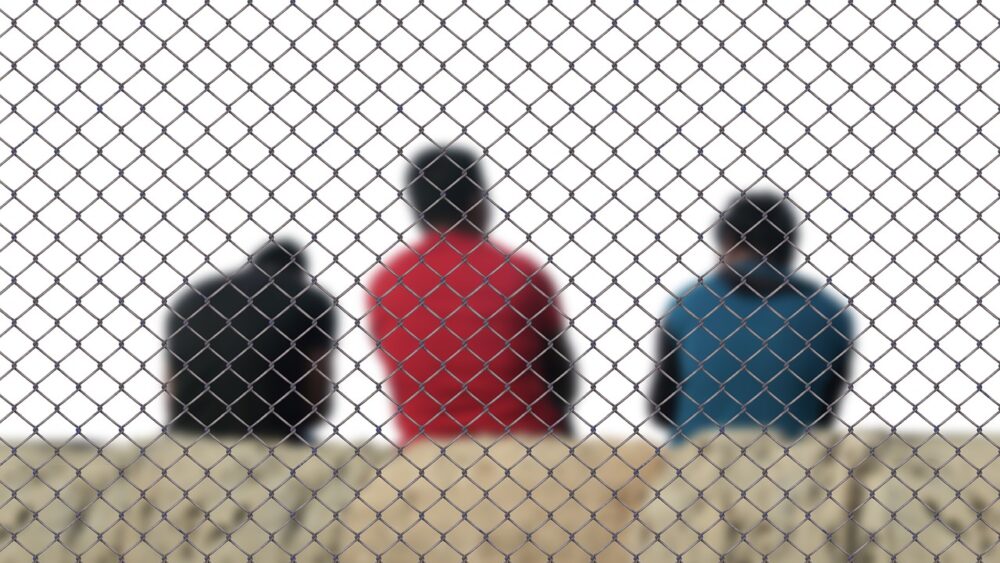

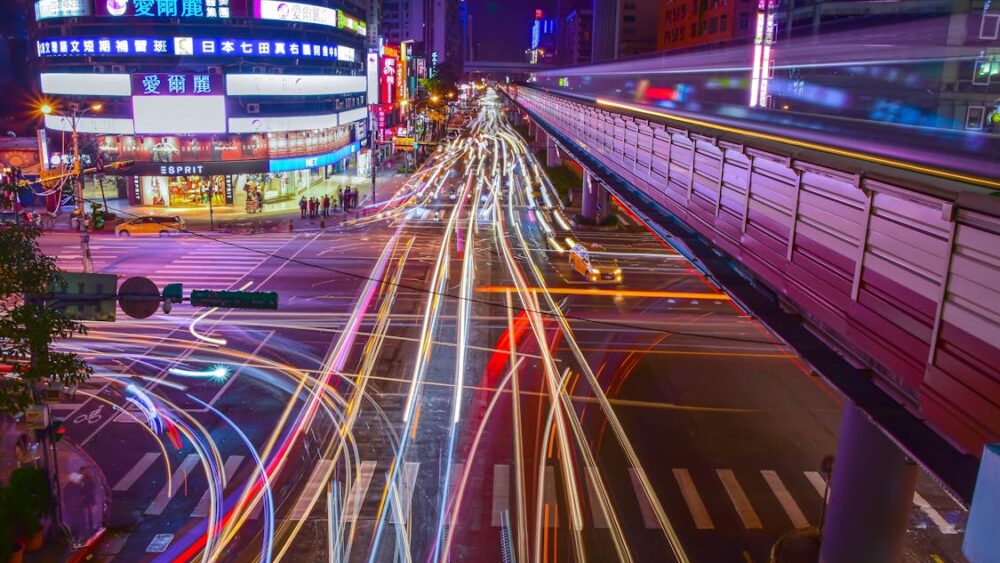





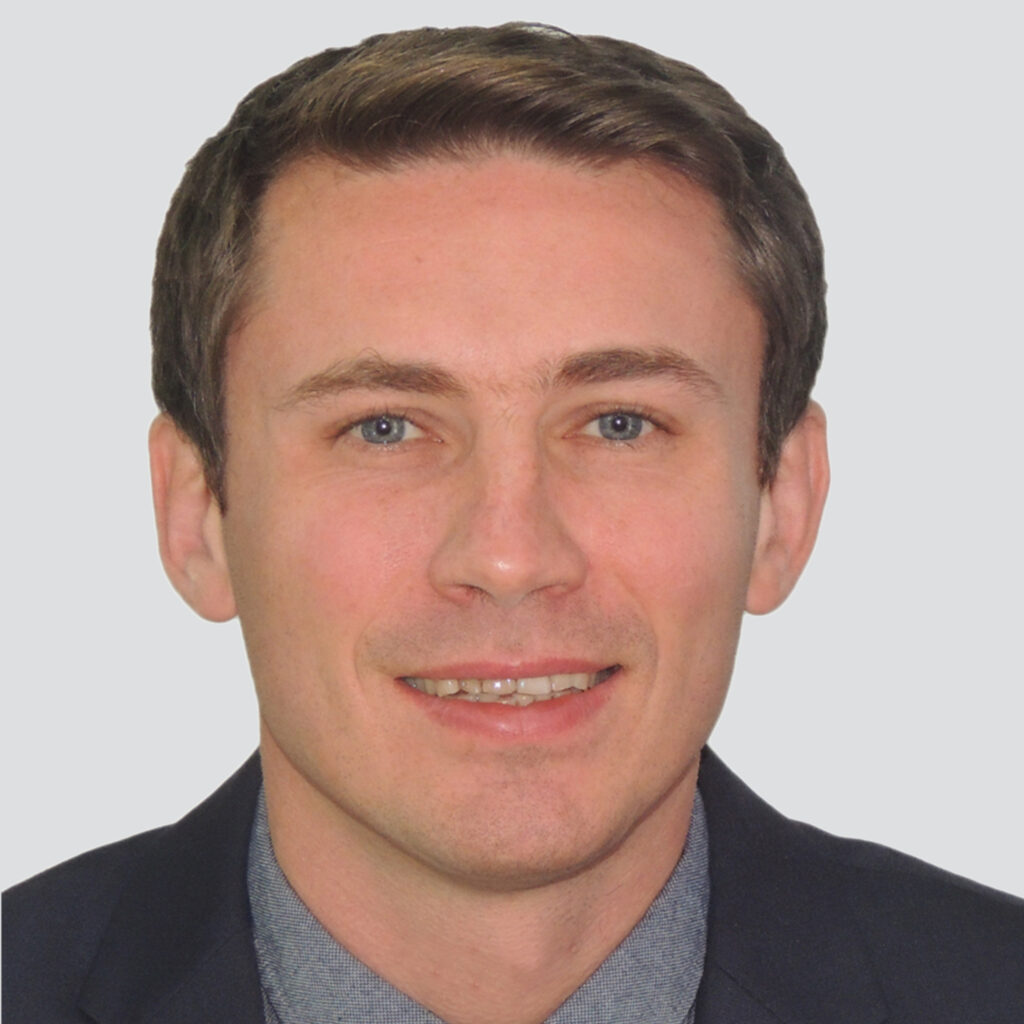


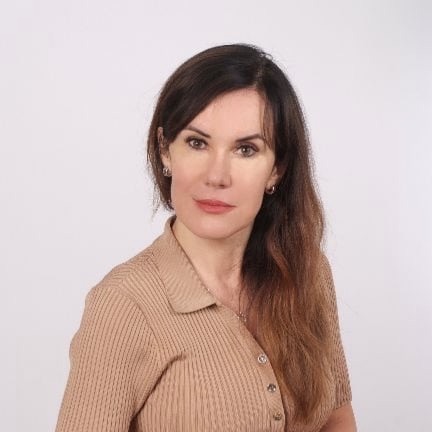
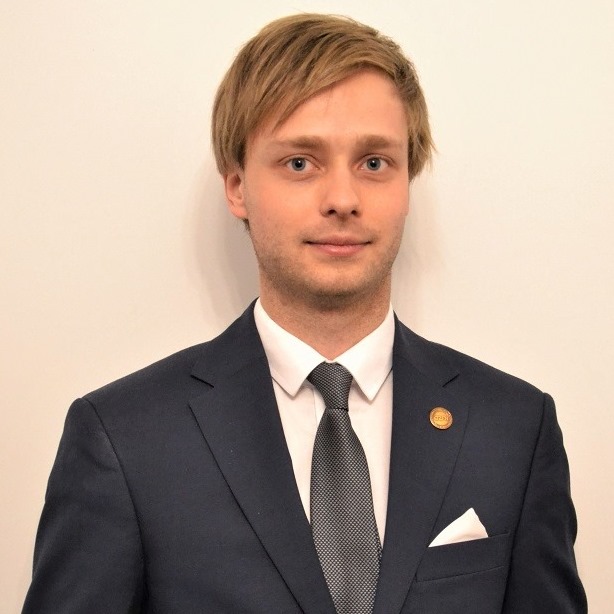










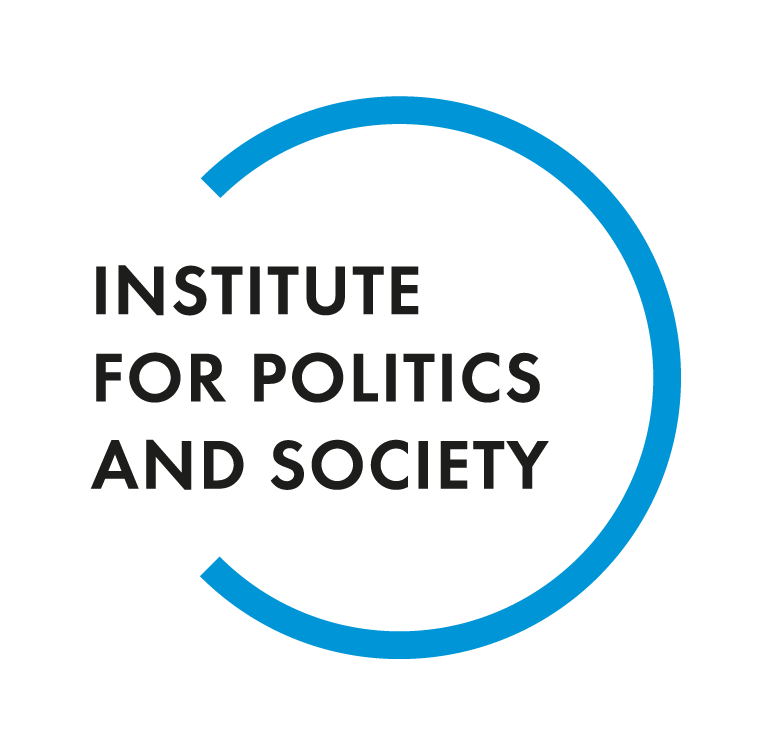


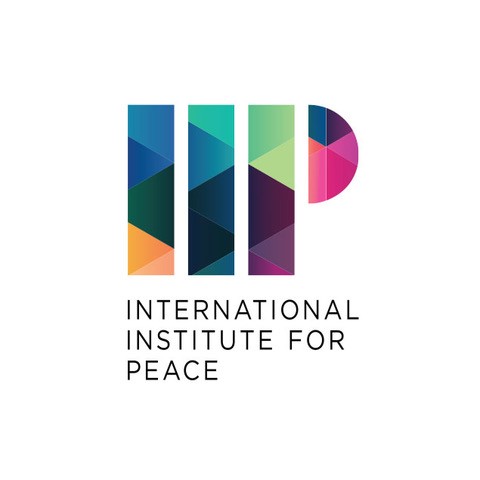
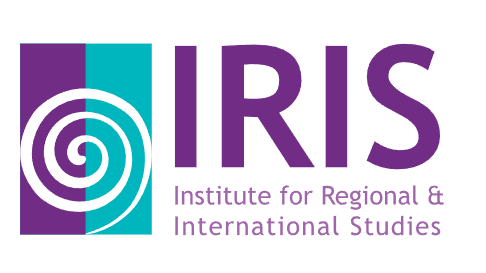
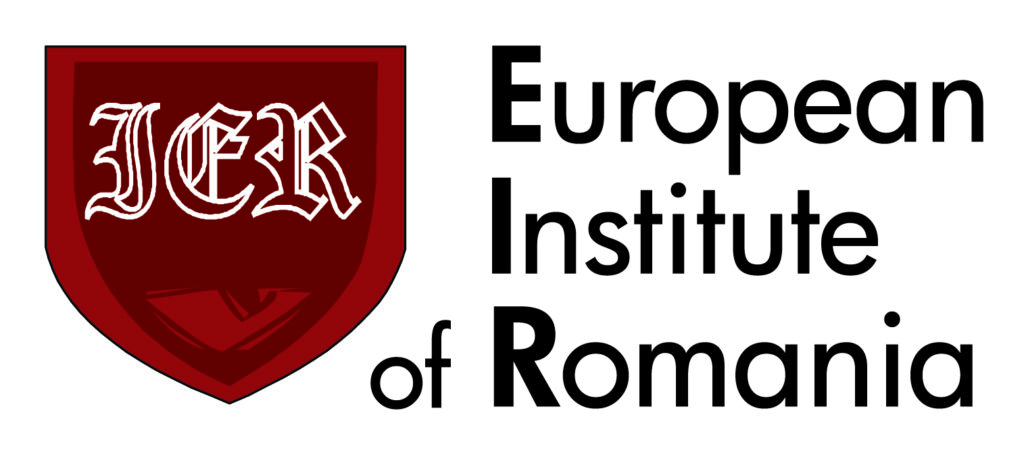
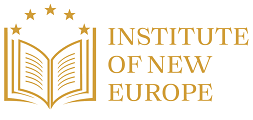
Comments are closed.